Reflection
The workshop about remaking plastic was really amazing. When watching the advertising video about Precious Plastics Shanghai, I was super happy and excited seeing a group of people doing such interesting and meaningful things by themselves and wanted to participate in it. I am also surprised by the plastic products they made since they look so beautiful, just like marvel and are even more colorful. Remaking plastic is great, but when watching the video they made and heard Adele mentioned that she took remaking plastic as her full-time job, I became curious about how the group of people from Xinchejian can make a living on this and spread the ideas to the people, to the government.
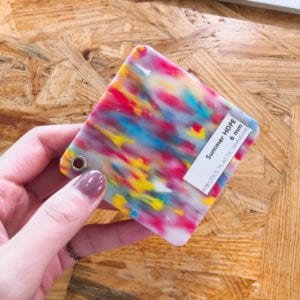
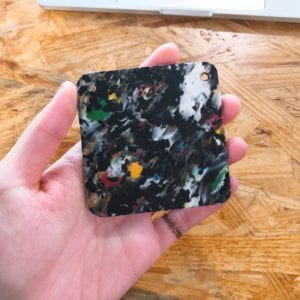
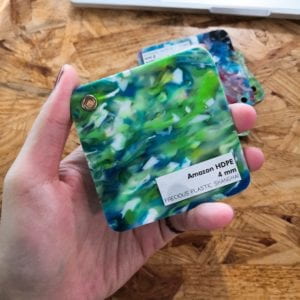
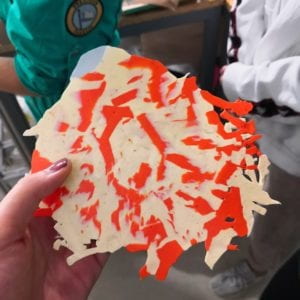
Plastic products from Precious Plastic Shanghai
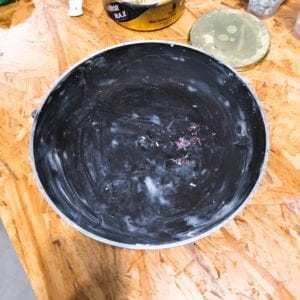
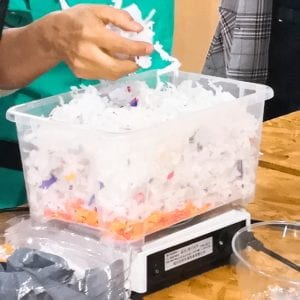
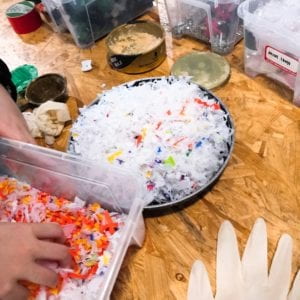
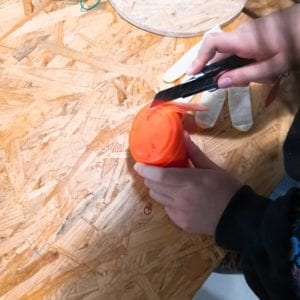
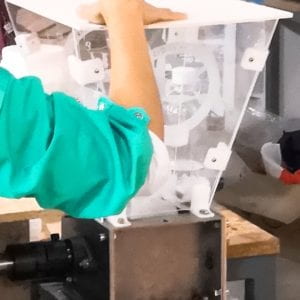
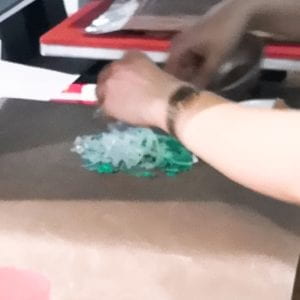
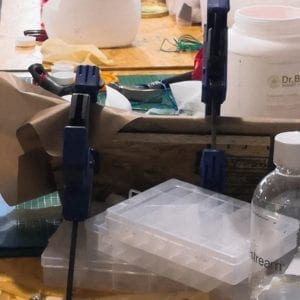
Process of making plastic products during the workshop
According to “Multiple-Helix Collaboration for the Development of a Circular Economy”, NGOs are becoming more and more important since they support important aspects of development in industry and society at large, such as activities to protect the environment or support business development in different sectors. After looking through Precious Plastics Shanghai’s Instagram account and how they remade plastic in the workshop, I get some basic concepts on how they work. As an NGO based in Shanghai, there are many critical stakeholders in the company, such as non-profit-leaders, employees and universities. Since Adele mentioned that they are going to hold activities and lectures in Chengdu to talk about precious plastic for future plans, and they are having activities in our school and other colleges, companies as well, I simply assume that they have already been able to make a living on this, which is a really big step on contributing to the development of remaking plastic. During the talk, Adeld also said they post more information on We Chat instead of Media platforms like Instagram since most Chinese people are used to We Chat. This also corresponds to the localization of the platform mentioned in Social Innovation in China, as well as the funny detail is shown in the video that a nice, friendly grandma from Shanghai appreciated what Precious Plastic Shanghai is devoted to. The precious plastic organizations’ global map shows that these organizations work in an “affiliation” model (pp.28), which contributes to the development of organizations themselves.
However, as Carol CHyaucai has pointed out, “People treat every part of the manufacturing process like art, but it’s actually science. The process goes by many factories, if there’s not a set method and everyone does it by their feelings, products come out all different. That infrastructure isn’t there so it’s a lot of little battles. (pp.16)” To achieve further success in recycling/ upcycling plastic, the process also needs other important rules. Mats Larsson argues that governments play a critical role in the development of circular economy since they are usually “providers of financing for research and in their capacity as customers in the early stages of development”. Additionally, “unlike companies or private investors, governments can take a long-term view of investments, investing in technologies, systems, and methods that are important for the development of society at a stage when these technologies are not cost-effective or competitive enough to meet investor criteria for sales and return on investment”. This kind of long-term perspective is especially important when solving the issue of plastic because we all know that plastic won’t disappear in the following hundreds of years and its pollution will continue. Governments also supply the basic financing for research, education, and training, which are also important factors in spreading knowledge during generations and in space. Along with the government, there are also significant roles like the powerful community of consumers and Buyers in the public sector. Without large numbers of consumers or procurement officers at companies that put circularity ahead of other criteria, it will be difficult for the circular economy and companies with offerings based on circular flows to grow. But this dilemma can be saved by the public sector, who are easier to reach and their choices can to a large extent be influenced through political decisions. To develop a circular economy, particularly in the solve of plastic (pollution) issue, we really need the cooperation from all perspectives and Precious Plastic offer great and brand new solutions on solving it.
Field Trip Documentation
“Do you hate human now?”
“Even more than before.”
The strongest feeling I had after cleaning was I will NEVER throw away any trash outside of the trash bin. When I first entered the park I was happy and optimistic that the environment here seems to be super nice — what cleaning do we need to do? It is even cleaner than my room. However, my black trousers turn into greyish black when I finish the cleaning. It is indeed beach cleaning, where the beach is made up of microplastic, shoes, bottles, clothes, big plastic pieces, condoms, lighters, everything that you can imagine. When cleaning, an old couple asked me is this trash from the ocean, I said I am not sure but I think so. They then asked me if we can clean all the trash, I shook my head and smiled bitterly.
How could that be possible? In less than two hours, we have collected more than 30 kilos of trash, but it is just the tip of the iceberg. I climbed out of the sea wall, seeing floating plastics just near the shore. All the gaps among the walls are filled with different types of trash, flowers and plants grow among the trash and then covered by the growing amount of trash. I wanted to take a picture of the wildflowers, but I cannot get rid of any plastic trash since the flower is rooted in the trash.
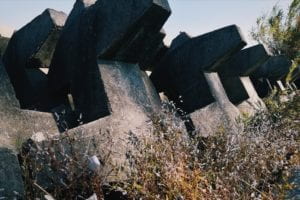
Wildflowers
When I and Kimmy were squatting and picking up trash, a lot of people passed by. Most of them were primary school students, and the three words they repeated most often were “捡垃圾”, which means picking up trash. However, when adults passed by, some of them would come and have a close look at what we are picking and asked what we were doing. I know that my knowledge about recycling and environmental protection was almost 0 when I was a primary school, even as a middle school student. I saw the students having different varieties of activities today in the park, so is it possible to hold activities about trash sorting for them, or bringing in the Picking up Trash Run into the school? We are able to distinguish different kinds of trash and contribute to cleaning up a little today, but as the TED talk has shown, to solve the plastic pollution better, we need cooperation globally, and this is also an issue that multiple generations will face, that needs the contribution from those primary school students.
Leave a Reply